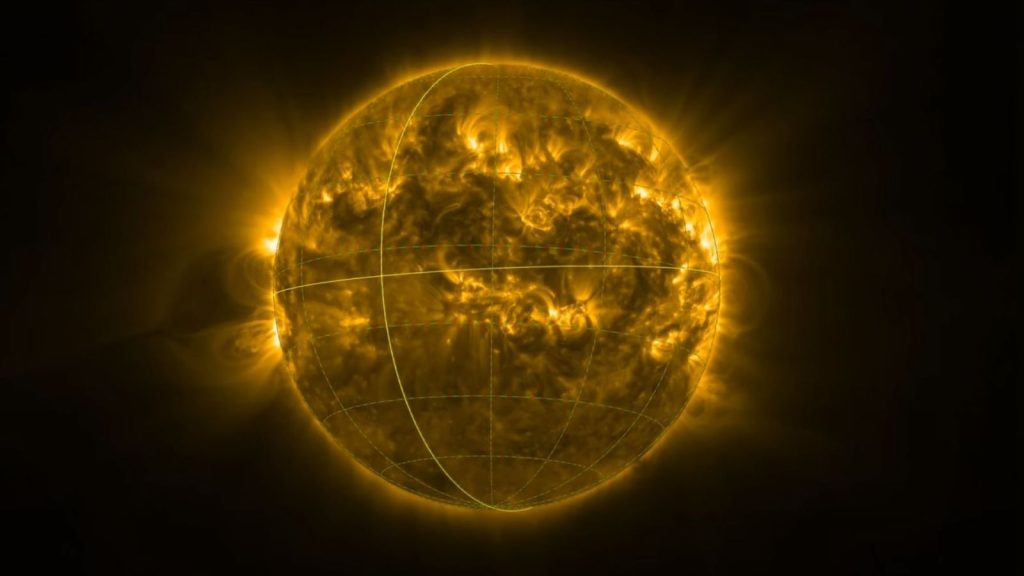The sun’s south pole has been seen for the first time from outside the ecliptic plane in unprecedented images sent back to Earth by a solar orbiter.
The Solar Orbiter spacecraft travelled 15 degrees below the sun’s solar equator to take the images in mid-March – with the European Space Agency (ESA) and NASA revealing them to the world on Wednesday.
It is only the second craft to have passed over the sun’s poles – with the ESA and NASA’s 1990-2009 Ulysses craft lacking the capacity to take any photos.
Read more
Could Britain face a winter ice age?
Will there be a hosepipe ban in the UK?
“Today we reveal humankind’s first-ever views of the sun’s pole,” ESA’s director of science, Professor Carole Mundell, said.
Describing it as a “new era of solar science”, she added: “The sun is our nearest star, giver of life and potential disruptor of modern space and ground power systems, so it is imperative that we understand how it works and learn to predict its behaviour.”
‘Best is yet to come’
According to the ESA, previous images of the sun have been taken from around its equator.
This is because Earth, the other planets, and all other operational spacecraft orbit the Sun within a flat disc around the Sun called the ecliptic plane.
However, by tilting its orbit out of this plane, Solar Orbiter has revealed the star from a whole new angle – and because the spacecraft is set to tilt even further “the best views are yet to come”.
The Solar Orbiter took off from Florida in 2020.
Unlike Earth, which has fixed north and south poles, the sun’s equivalents flip on an 11-year cycle.
This is because its equator spins faster than its poles – every 26 days compared to every 33 days – meaning it does not rotate as a solid object, instead becoming so unstable it eventually flips.
The sun is currently at what is referred to as “solar maximum”, when the star is building up to the polar flip.
During this period, its spots and solar flares are most active.
In five or six years, the sun will reach its “solar minimum”, when its magnetic activity is at its lowest.
The images from Solar Orbiter’s recent journey reveal a fragmented mosaic of north and south polarity at the sun’s base.
The spacecraft will continue its orbit around the sun until Christmas Eve 2026. Its next flight will see it fly past Venus in 2029.






